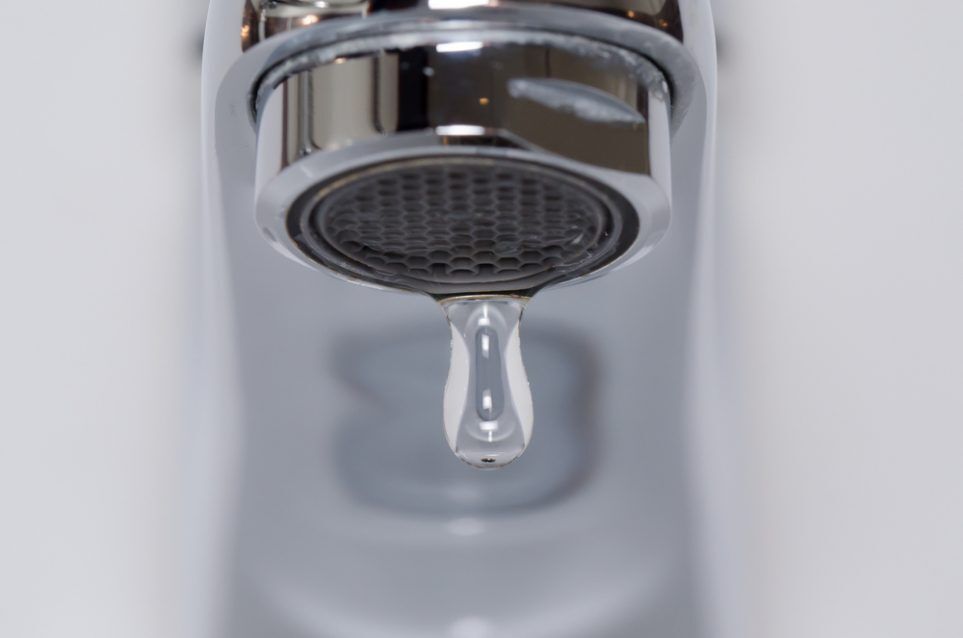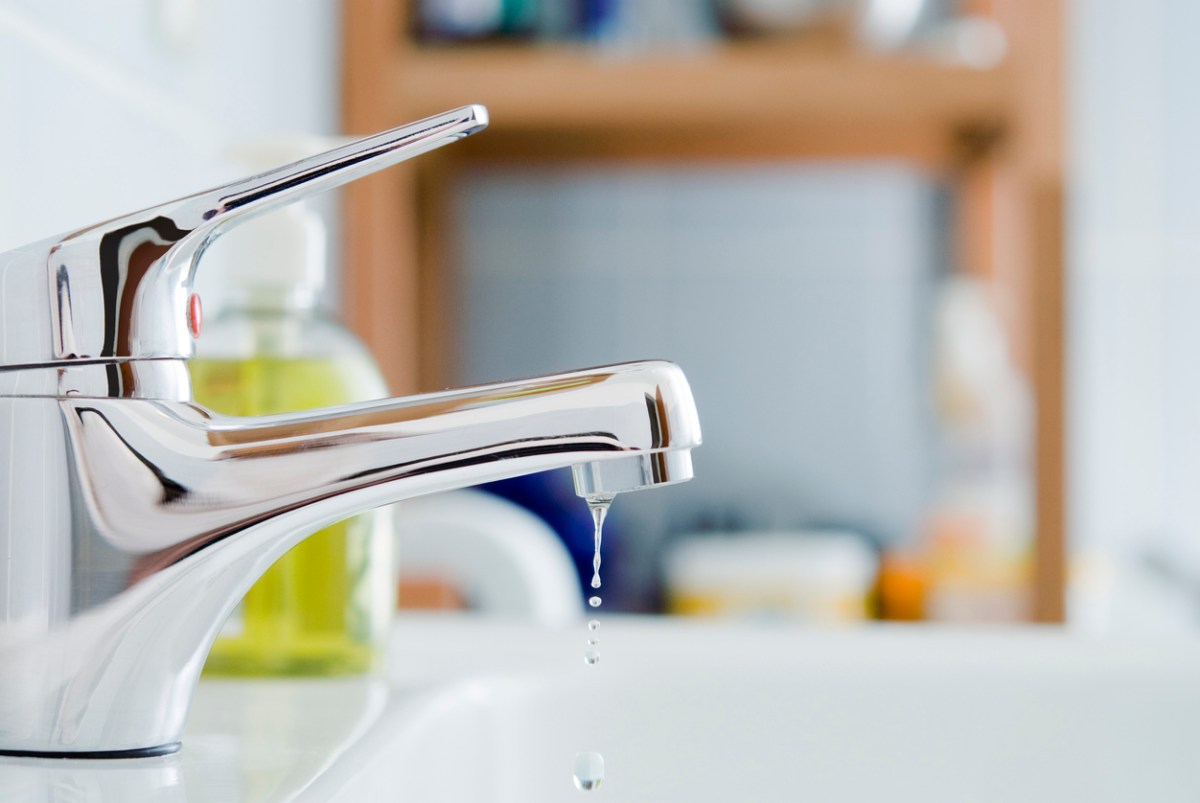Why It's Important to Repair a Dripping Faucet
Why It's Important to Repair a Dripping Faucet
Blog Article
Almost everyone seems to have their own conception in relation to What Causes Leaky Faucets & How To Fix Them.

Trickling taps might appear like a small inconvenience, however their influence exceeds simply the aggravation of the sound. From wasting water to incurring unneeded financial prices and wellness risks, disregarding a dripping faucet can result in numerous repercussions. In this short article, we'll look into why it's crucial to resolve this common house problem immediately and efficiently.
Wastefulness of Water
Environmental Influence
Trickling faucets contribute dramatically to water waste. According to the Epa (EPA), a solitary faucet leaking at one drip per secondly can lose more than 3,000 gallons of water annually. This not only strains water resources but also impacts communities and wildlife dependent on them.
Step-by-Step Overview to Repairing a Dripping Faucet
Tools Needed
Prior to trying to repair a dripping tap, collect the required devices, consisting of an adjustable wrench, screwdrivers, replacement parts (such as washers or cartridges), and plumber's tape.
Typical Faucet Issues and Their Solutions
Recognize the sort of faucet and the specific concern triggering the drip. Usual problems include worn-out washing machines, rusty valve seats, or malfunctioning O-rings. Refer to maker directions or on-line tutorials for step-by-step guidance on repair services.
Financial Prices
Boosted Water Costs
Beyond the environmental influence, dripping faucets can inflate water expenses considerably. The gathered wastage over time equates right into higher utility expenses, which can have been avoided with prompt repairs.
Possible Property Damages
Furthermore, long term trickling can lead to damage to fixtures and surfaces surrounding the faucet. Water accumulation can cause discoloration, corrosion, and even architectural concerns if left ignored, leading to additional fixing expenses.
Health and wellness Worries
Mold And Mildew and Mold Development
The constant presence of dampness from a dripping faucet creates an optimal environment for mold and mildew and mildew development. These fungi not just compromise indoor air quality however likewise position wellness risks, especially for people with respiratory system problems or allergic reactions.
Waterborne Diseases
Stationary water in leaking taps can come to be a breeding place for germs and other pathogens, boosting the risk of waterborne conditions. Contaminants such as Legionella microorganisms thrive in stationary water, potentially bring about severe illnesses when ingested or inhaled.
DIY vs. Professional Repair service
Advantages and disadvantages of DIY Fixing
While some may attempt to take care of a dripping faucet themselves, do it yourself repair services feature their very own set of obstacles. Without correct knowledge and tools, DIY efforts can exacerbate the problem or cause incomplete fixings, prolonging the problem.
Advantages of Hiring a Professional Plumber
Working with a specialist plumber makes certain that the underlying source of the dripping faucet is addressed effectively. Plumbing professionals possess the expertise and devices to identify and repair faucet problems efficiently, conserving time and reducing the danger of more damage.
Environmental Responsibility
Private Contribution to Preservation
Taking duty for taking care of leaking faucets lines up with wider initiatives toward water conservation and ecological sustainability. Every individual's actions collectively make a substantial impact on maintaining priceless sources.
Sustainable Living Practices
By focusing on timely repair work and embracing water-saving routines, individuals add to lasting living methods that benefit both existing and future generations.
Safety nets
Normal Maintenance Tips
To avoid trickling taps, execute regular upkeep such as cleaning up aerators, evaluating for leaks, and replacing damaged components without delay. Additionally, think about mounting water-saving gadgets or updating to a lot more efficient fixtures.
Value of Prompt Services
Addressing trickling taps as quickly as they're seen prevents additional water wastage and possible damage, eventually conserving both water and money in the long run.
Impact on Residential Property Value
Assumption of Well-Maintained Residential Property
Keeping a residential or commercial property in good condition, including dealing with maintenance problems like leaking faucets, enhances its regarded worth and value amongst prospective customers or tenants.
Influence on Resale Value
Residences with well-maintained plumbing components, including taps, command greater resale values in the real estate market. Dealing with dripping faucets can contribute to a positive impression throughout property inspections and negotiations.
Conclusion
Resolving a dripping tap surpasses plain benefit; it's a vital action towards conserving water, minimizing monetary costs, and securing health and home. Whether with DIY repair services or professional assistance, taking action to deal with dripping faucets is a little yet impactful means to advertise responsible stewardship of sources and contribute to a much healthier, extra lasting future.
Most Common Reasons for a Leaky Faucet and How to Stop the Drip
Whether it’s your kitchen faucet leaking or a bathroom faucet leaking, one leaky faucet can waste anywhere from three to 30 gallons of water every single day. If the constant drip-drip-drip doesn’t get your attention, your water bill will. The good news is that, by following a few simple steps, chances are pretty good you can fix the problem yourself.
Why is it dripping?
Before you start taking things apart, let’s break down some of the most common causes of a leaky faucet.
Bad O-ring.
A cartridge is a valve that controls the flow of water into the faucet spout. On cartridge faucets there’s an O-ring—the little disc attached to the stem screw that holds the faucet handle in place. If it’s loose or worn-out, it can cause your sink handle to leak. Of course, the cartridge itself could be worn out. If that’s the case, make sure you replace it with the exact same kind.
Corroded valve seat.
The valve seat connects the faucet and the spout. If the leak seems to be coming from the spout, it might be because a buildup of water sediment has corroded the valve seat.
Worn-out washers or seals.
A leaky spout could be caused by a bad washer that rests against the valve seat. It’s just a matter of time before friction takes its toll. It could also be the wrong size washer or one that’s been installed incorrectly. Water sediments can also corrode inlet and outlet seals.
Water pressure.
If the faucet only drips now and then, or when you turn the handles a certain way, you should probably check your home’s water pressure.
Loose or broken parts.
The adjusting ring and packing nuts in the stream screw can become loose over time, causing your sink handle to leak. Try tightening or replacing the packing nut. If the leak is coming from the pipes underneath the sink, you probably have a broken pipe or fitting. If that’s the case, you should definitely call a plumber.
Know your faucet.
Faucets come in a variety of types. Each one has its own assembly—and its own possible causes of leaks. Learning about the four most common kinds of faucets will help you know how to take them apart and make any repairs.
How to stop a leaky faucet
Fixing that leaky faucet doesn’t have to take a lot of time, money, or expertise. It’s usually a simple matter of replacing a worn-out washer or gasket, a loose O ring, or another part. Chances are really good you can do this yourself if you follow these simple steps.
Shut off the water.
Before you tackle the faucet, cut off the water supply to the sink. There should be one valve for hot and one for cold. Hand-turn them clockwise with your hands till they close. If there are no valves under the sink, head to the basement and shut off the main water supply to the house. Then turn on the faucet until it empties out the water that’s still in the line and you’re ready to start. It’s a good idea to cover the sink drain with a plug or a rag so you don’t lose any small pieces and parts while you’re working.

We hope you enjoyed reading our topic about Should I Repair or Replace a Leaky Faucet?. Thank you so much for taking time to read through our piece of content. Are you aware of somebody who is truly interested in the topic? Feel free to share it. I appreciate your readership.
Report this page